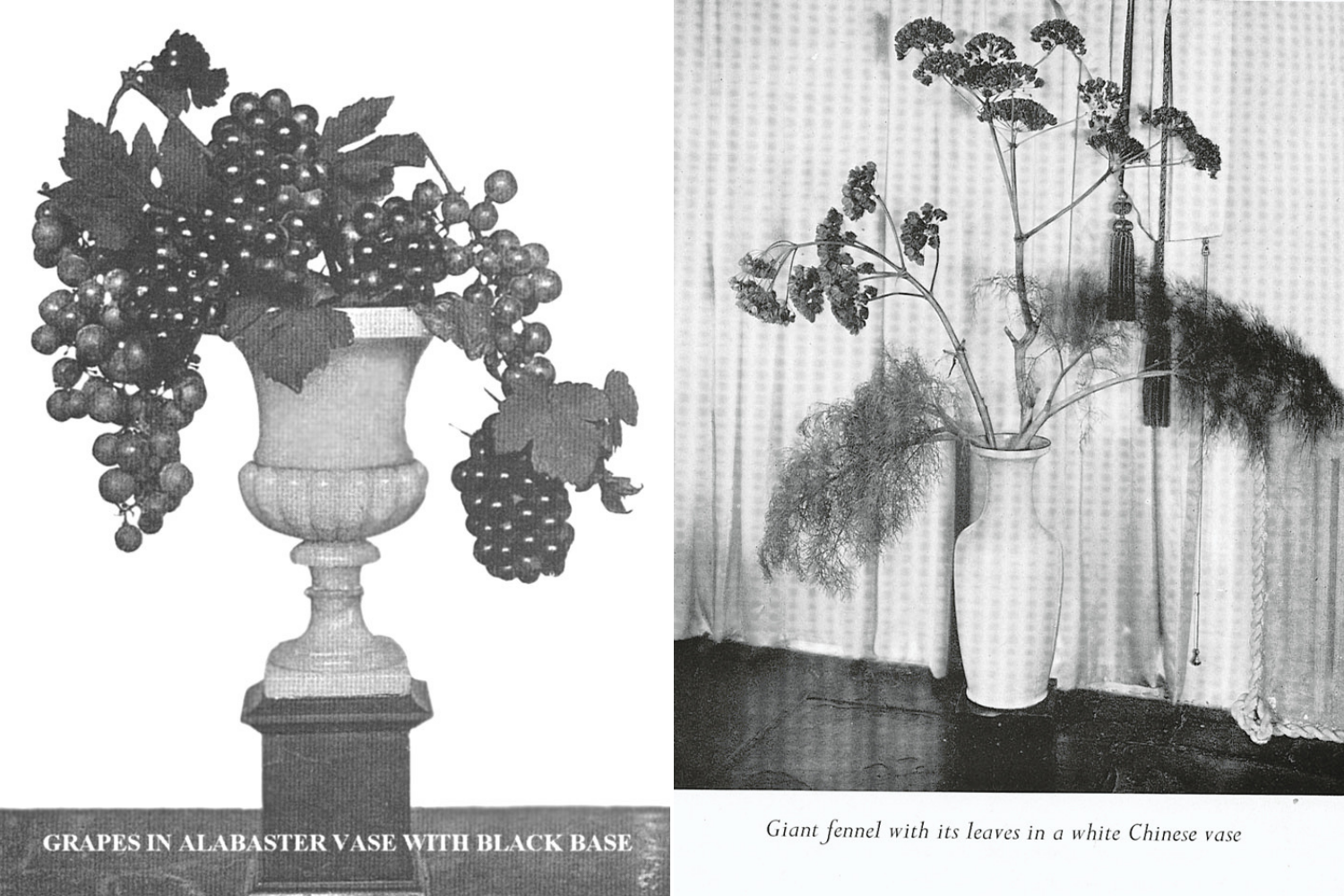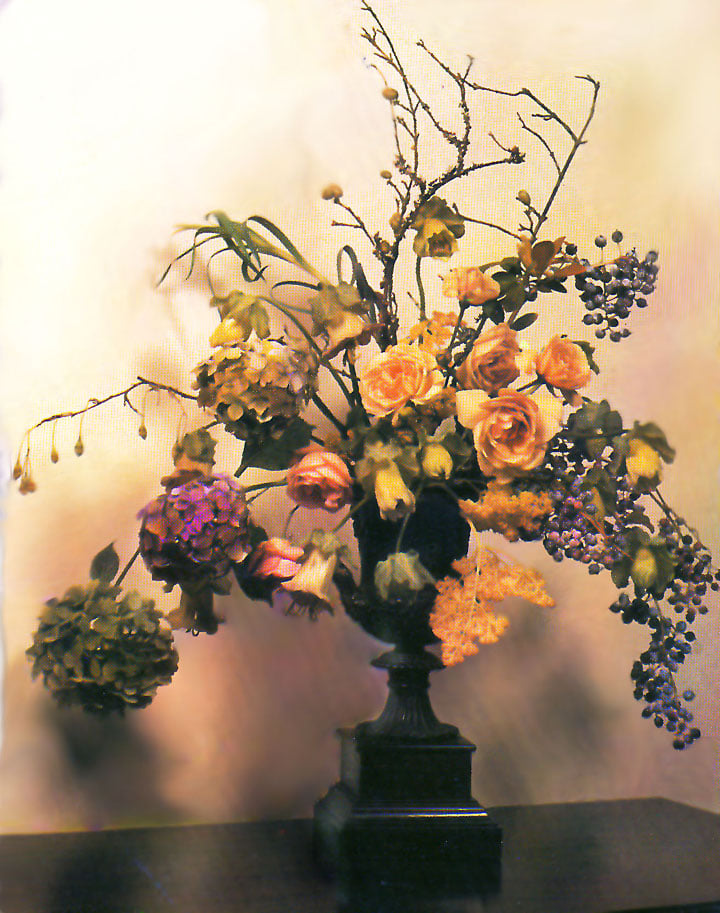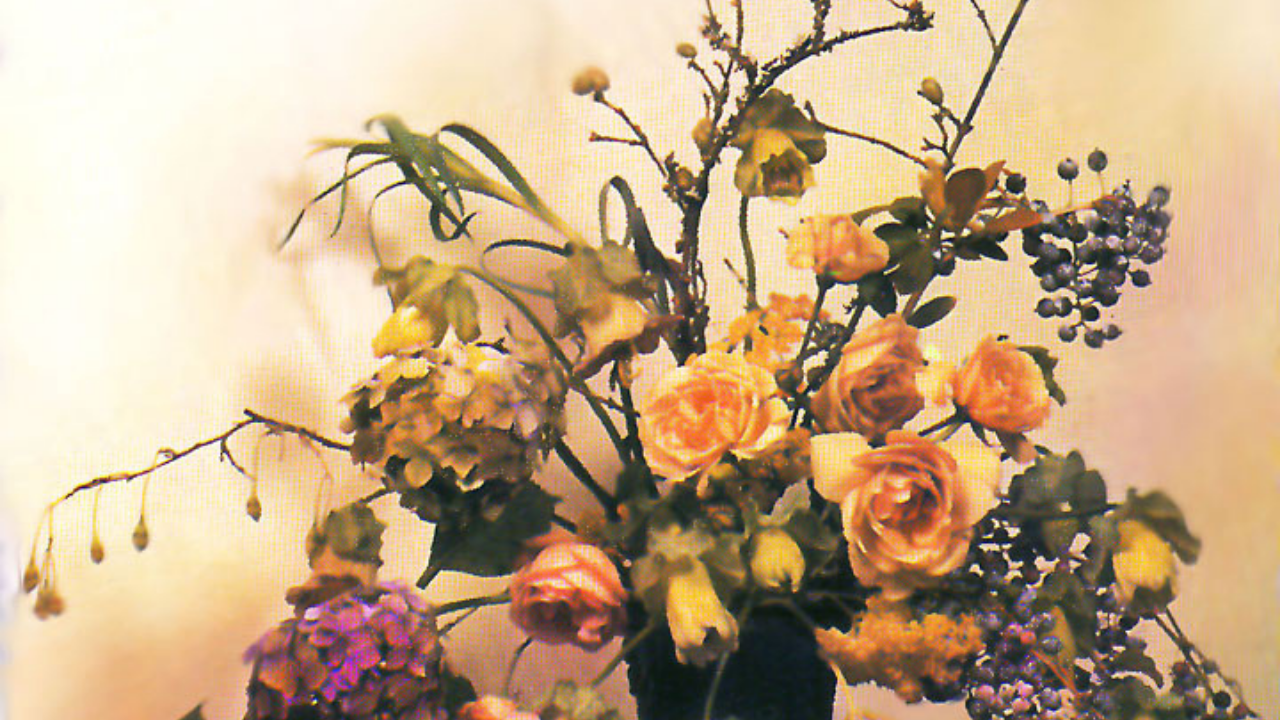Constance Spry | Part Two
We're back with part two of four of our Constance Spry series as we continue celebrating Women's History Month!
Part Two: Revolution in Mayfair
It is hard to imagine that flower arrangements could make an impact on a cosmopolitan society such as London, let alone a whole generation, and that the influence would still echo today. But history teaches us that the most profound changes in the structure of society are heralded by new and seemingly outrageous events in the world of fashion. The Bikini, the Beatles hair-cut, Pop-Art, the Mini-Skirt, the Hippy hair-cuts, the Mohawk and Body-Piercing all seem tame in hindsight, yet they paved the way for society to accept new and broader horizons in all walks of life. This is precisely what Constance Spry’s flower decorations precipitated in London during the late spring of 1926.
To get a sense of the world at this time, I have made a thumbnail sketch of the era:
London was prospering, having recovered from the steep burden imposed by First World War, and citizens were enjoying renewed vigor and life. There had been a bitter labor dispute in the mines culminating in a General Strike. The government declared martial law and had put down the strike. While the coalminers had the sympathy of the people, but the nation could not accept a strike that was used as a means to grab power. That was tantamount to revolution, and that was unacceptable in the seat of democracy.
The advances of the industrial revolution in the last century were bearing spectacular fruits in this century: The year before, in 1925, the first “Double-Decker” bus, that has become synonymous with London, was introduced to the city streets, fast replacing the omnibus and the trolley car. Television had just been invented. In Italy Benito Mussolini had taken power, in Germany Hitler had published Mein Kampf” and in the USA, Calvin Coolidge had declared that “The business of America is Business!”

By early 1926 the first demonstrations of television were taking place in London, and in the USA sound was being introduced to movies, as well as the first color film. The first electric refrigerators became available, and radio as a medium for entertainment was gaining public popularity around the world. Amongst the movies produced for public consumption that year was “Ben Hur” starring Ramon Navarro, and “Metropolis” by Fritz Lang. Still showing in the cinemas were the original “Phantom of the Opera” starring Lon Chaney and Charlie Chaplin’s “Gold Rush”. A BBC radio play about a workers’ revolution caused mass panic amongst the citizens of London, much like Orson Welles’ “War of the Worlds” did a generation later.
Against this backdrop, in the fashionable thoroughfare of Mayfair, London, it could be said that, despite the rumblings in the provinces, nothing really was amiss, the advances in technology were welcome and for the High Society everything was in its proper place. That is, until Constance Spry’s window display at Atkinson’s, a new perfume store on Old Bond Street, was revealed to the public that early June morning in 1926.
The display caused an absolute sensation amongst fashionable society, and almost overnight Constance Spry became a “cause célèbre”, the talk of the town, and shortly thereafter her services became a “must-have” item in upper circles.
Elizabeth Coxhead, Constance Spry’s biographer, writes firsthand of the occasion:
“No one going up and down Bond Street could possibly miss Atkinson’s, and the flower arrangements were spotlit at night. They stood as if on the stage of a theatre…And people did notice, did stop and stare. Those great groups, majestic yet ethereal, were totally unlike anything that had been seen before, different in colouring, in blending of materials, above all in line.”
.png?width=1500&name=Blog%20images%20(1).png)
Constance Spry’s arrangements of so-called “hedgerow” flowers rocked the world of Mayfair’s elite, but it was a welcome change to the stale designs with their Victorian and Edwardian legacy. She broke rank with the florists and their traditional “florist” flowers, that displayed little or no art, and no consideration for form, line, color or context. It was “The Shock of the New” and London was ready for it.
As I have said before, this is a business of fashion, and what Constance Spry created in 1926 was not really new, although extremely novel. Her work involved using elements from previous eras and combining them with a contemporary perspective. Her talent was derived from her substantial knowledge of plants and floriculture, her perceptive sensibilities, her intuitive artistry, and most of all her unbridled passion for flowers. Her genius lay in the ability to seamlessly unify all these assets. Her legacy is that flowers evoke one of the most ephemeral of human qualities; Romance, and that through the honest expression of the individual, Romance may endure.

Acknowledgments:
I should like to thank Mr. Fred Wilkinson, and Mr. Bruce Frost, of Constance Spry Ltd for their assistance, and also for permission to use the photographs, and quotes. I am extremely grateful to them as this article, in four parts, would not have been possible without their cooperation. Flower Decoration, and Garden Notebook, by Constance Spry, I can highly recommend.
